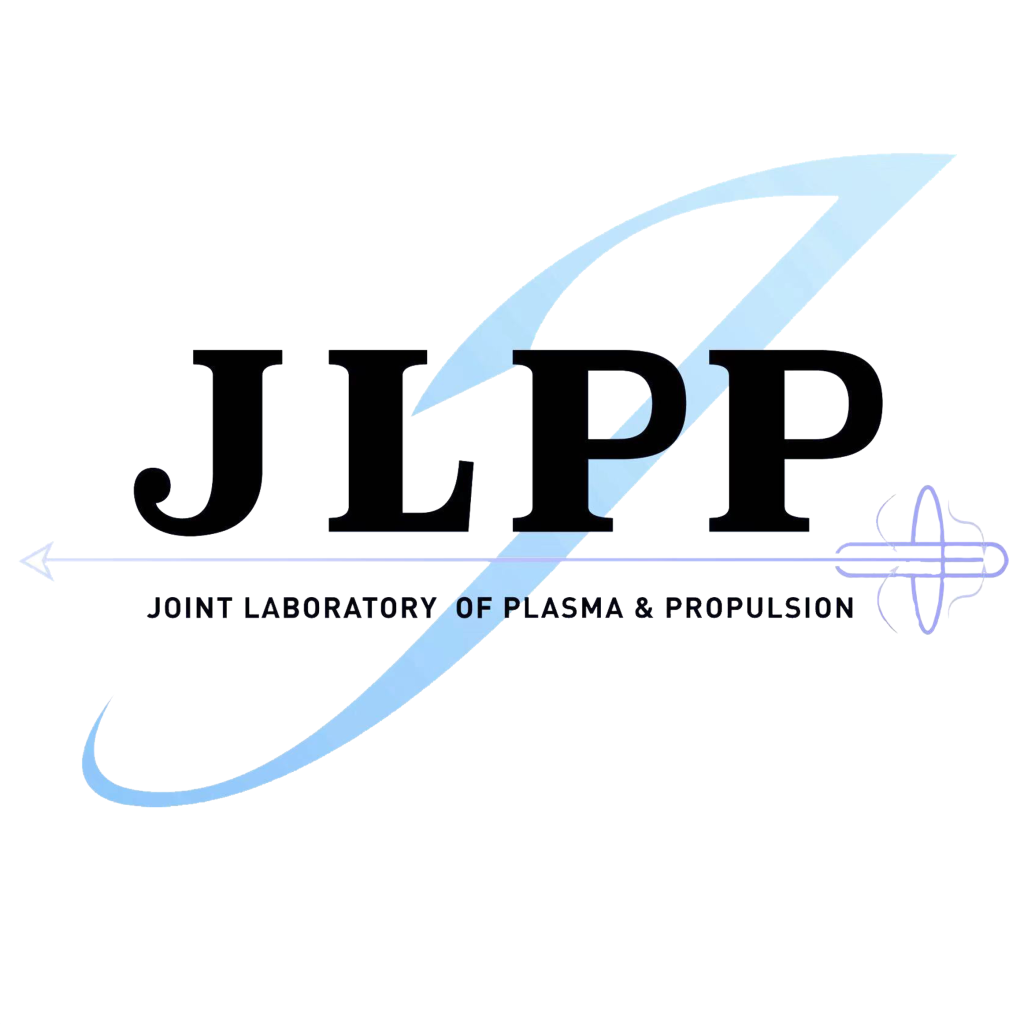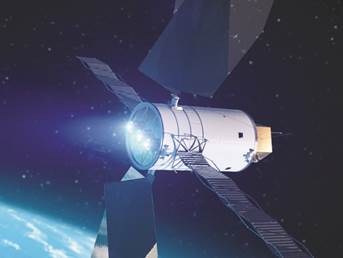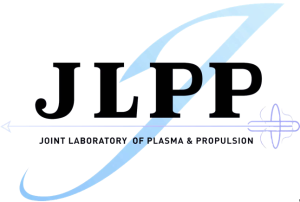About us
a Future-oriented group
Innovation
Based on Beihang University, which is one of the most innovative aerospace research institutions in China.
Transdisciplinary
Plasma physics, Propulsion engineering, Fluid dynamics, Kinetic modelling, etc, are all researched.
Concentration
Mainly focused on Electric Propulsion, we have accomplished lots of scientific and applicational achievements.
Experience
Established in 1998, our lab has been over 20 years. We have completed bunches of national projects and funds.
"The Earth Is The Cradle Of The Mind,
But One Cannot Live In The Cradle Forever."

Since 1998
JLPP was formally Space Plasma & Electric Propulsion Laboratory (SPEPL), established in September 1998 by School of Astronautics of BUAA.
In September 2018, SPEPL expanded to a multi-college-based group, including School of Astronautics and School of Space and Environment. Then it was transformed into JLPP (Joint Laboratory of Plasma & Propulsion).
JLPP was approved among the first batch of characteristic discipline construction as “electric propulsion technology” in 2008. The development of the last 20 years raises JLPP up and fruits us with various achievements.
In JLPP, we focus on EP thruster development and Plasma theory and simulation.
(Upadted in August, 2022)
Electric Propulsion

Space electric propulsion is a relatively new concept of propulsion and is an attractive candidate in space exploration. Unlike traditional chemical propulsion systems, which convert the chemical energy of propellants to the kinetic energy of thrusters, electric propulsion systems get their kinetic energy enhanced at the expense of electric power. Owing to their ability to achieve high speeds over long periods, electric propulsion systems are now widely used in space.
The idea of electric propulsion for spacecraft dates back to 1911, introduced in a publication by Konstantin Tsiolkovsky. Earlier, Robert Goddard had noted such a possibility in his personal notebook. The first in-space demonstration of electric propulsion was an ion engine carried on board the SERT-1 (Space Electric Rocket Test) spacecraft, launched on 20 July 1964.
Usually, EP thrusters are classified into three main kinds, Electrothermal, Electrostaic and Electromagnetic, as listed on the below.
(Updated on August, 2022)
Some of the materials and data come from Wikipedia http://en.wikipedia.org/wiki/Electrically_powered_spacecraft_propulsion
Electromagnetic
Ions are accelerated either by the Lorentz force or by the effect of electromagnetic fields.
Examples:
- Magnetoplasmadynamic Thruster (MPDT)
- Pulsed Plasma Thruster (PPT)
- Helicon Double Layer Thruster
- Variable Specific Impulse Magnetoplasma Rocket (VASIMR).
Electrothermal
Electromagnetic fields are used to generate plasmas and increase the temperature of the bulk propellant.
Examples:
- Resistojet
- Arcjet
- Microwave Plasma Thruster (MPT)
Electrostatic
The acceleration is caused mainly by the Coulomb force .
Examples:
- Thruster with Anode Layer (TAL)
- Hall Effect Thruster (HET)
- Ion Thruster (RIT)
- Colloid Ion Thruster (CIT)
